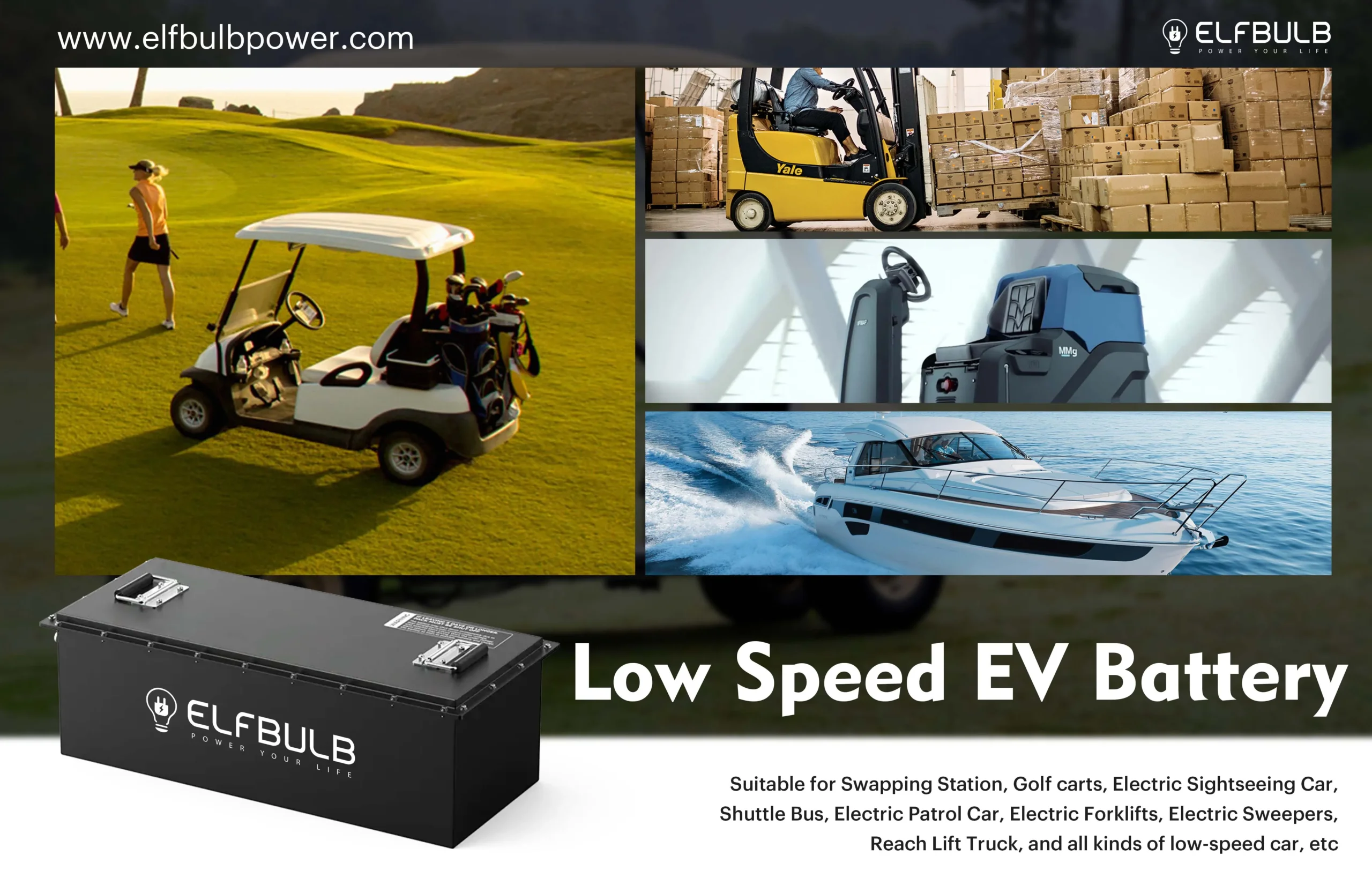When it comes to forklift batteries and chargers, compatibility is key. Choosing the right charger for your forklift battery ensures optimal performance, longevity, and safety. In this guide, we’ll explore the essential steps to match a forklift battery with the right charger.
1. Understanding Forklift Battery Charging Basics
Before we dive into the specifics, let’s cover some fundamental concepts:
When Should You Charge Your Forklift Battery?
- Answer: Charge your forklift battery when it reaches 20% to 30% discharge—this is considered the “red zone.” Waiting beyond this point can lead to battery damage.
- Why Is Waiting Beyond 20% Discharge Bad?
- Sulfation Build-Up: During discharge, sulfuric acid attaches to the battery plates, causing sulfation. Ignoring this buildup can impair battery performance.
- Battery Overheating: Depleted batteries may overheat, affecting their lifespan.
- Stratification: Uneven electrolyte concentration due to prolonged discharge.
- Preventing Sulfation: Proper charging reverses sulfation by driving sulfate back into the electrolyte acid.
2. Types of Charging Methods
Choose the right charging method based on your battery and forklift needs:
- Conventional Charging:
- Charge after a shift using low current for 8 to 10 hours until the battery is fully charged.
- Ideal for routine charging.
- Ensures gradual and thorough charging.
- Opportunity Charging:
- Charge during breaks or whenever the forklift is idle.
- Requires a charger with higher current output.
- Suitable for high-demand operations.
- Fast Charging:
- Rapid charging during short breaks.
- Requires specialized chargers and proper ventilation.
- Common in multi-shift operations.
3. Matching the Charger to Your Forklift Battery
To ensure a perfect match, consider the following factors:
- Voltage Compatibility:
- Match the charger’s output voltage to the battery’s voltage and the forklift’s electrical system.
- Avoid using a charger with a different voltage—it can damage the battery.
- Amp-Hour (Ah) Matching:
- Amp-hours represent the battery’s capacity (current produced in one hour).
- Choose a charger with amp-hour ratings close to the battery’s capacity (within 10%).
- Mismatched Ah can lead to overcharging or undercharging.
- Connector Compatibility:
- Confirm that the charger’s connector matches the battery’s connector.
- Ensure a secure fit to prevent damage during charging.
- Charging Cables and Connectors:
- Inspect cables and connectors for wear or damage.
- Replace damaged components promptly.
- Proper connections are crucial for efficient charging.
4. Best Practices
- Never Interrupt Charging: Batteries have a limited number of charges. Interrupting charging shortens battery lifespan.
- Avoid Overcharging: Charge until the battery reaches 100%—don’t take it off charge prematurely.
- Regular Maintenance: Keep connectors clean, check water levels (for lead-acid batteries), and follow safety guidelines.
Conclusion
Matching a forklift battery and charger is essential for reliable performance and longevity. Follow these guidelines to ensure a harmonious pairing, and your forklift will thank you with smooth operation and extended battery life! 🚜🔋




